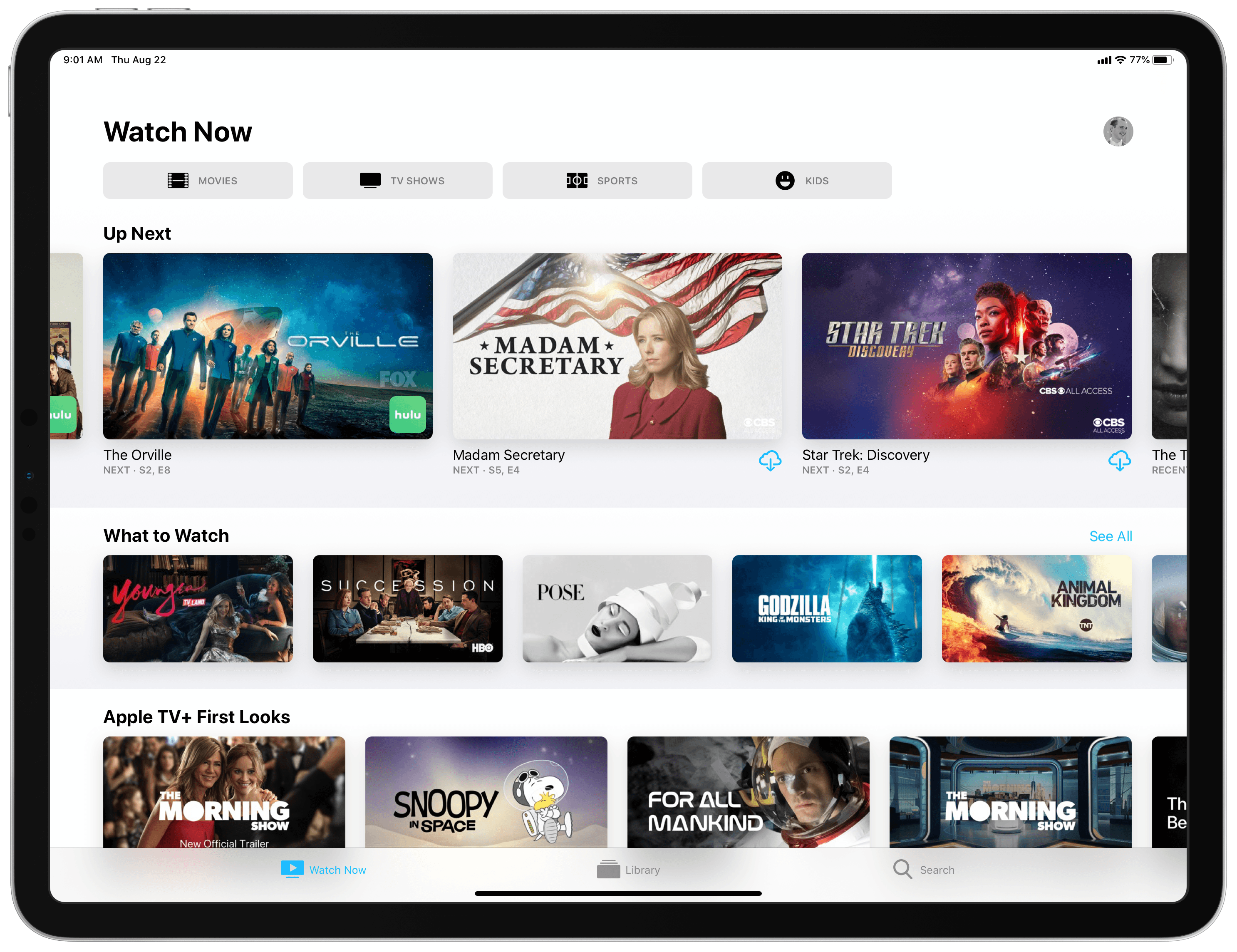
It’s been a very significant week for Apple’s TV efforts. On Monday the company debuted its first full-length trailer for an Apple TV+ original; that trailer was for The Morning Show, which has long been destined as a tentpole title for Apple. From what I’ve seen online, the trailer has been well-received, aided by an aggressive marketing push on YouTube and Twitter.
While The Morning Show’s first full trailer is a big occasion, and we’ll likely start seeing promos for other Apple TV+ shows soon with its fall launch fast approaching, the most important TV news in Apple’s week came from Disney.
Disney announced that its Disney+ streaming service would launch with native iOS and tvOS apps, which will use Apple’s In-App Purchase system for subscriptions, and the service will be “fully integrated with the Apple TV app.” Depending on your interpretation of that quote, Disney didn’t technically announce that Disney+ would be a channel in the TV app, but “fully integrated” is a strong phrase, and since Disney’s adopting Apple’s In-App Purchase system and integrating in some way with TV already, there’s virtually no reason to think it won’t be a full-fledged channel.
Following these two key events – the marketing push for Apple TV+ starting to gain steam, and Disney+ partnering with Apple in a key way – I’ve been reflecting on what Apple’s future in TV may hold.
We’ve known since March what the company’s TV strategy entailed: putting the TV app everywhere as an aggregator, bolstered by channels and Apple TV+. With the TV app Apple can do something that no one else seems to be trying: control the full stack of TV experience through integrating hardware, software, and services – the classic Apple playbook. But Apple needs partners to make this vision a reality. Without TV app commitments from big players like Netflix or Disney, it was unlikely that Apple’s strategy could ever find success. Signing Disney+, however, changes everything.
Absent Disney, failure seemed inevitable. The lack of both Netflix and Disney+ would have been a death blow to Apple’s plans. But with the home of Disney, Pixar, Marvel, and Star Wars now on board, I’m starting to think Apple’s TV strategy might just work. Here’s why.
Hardware
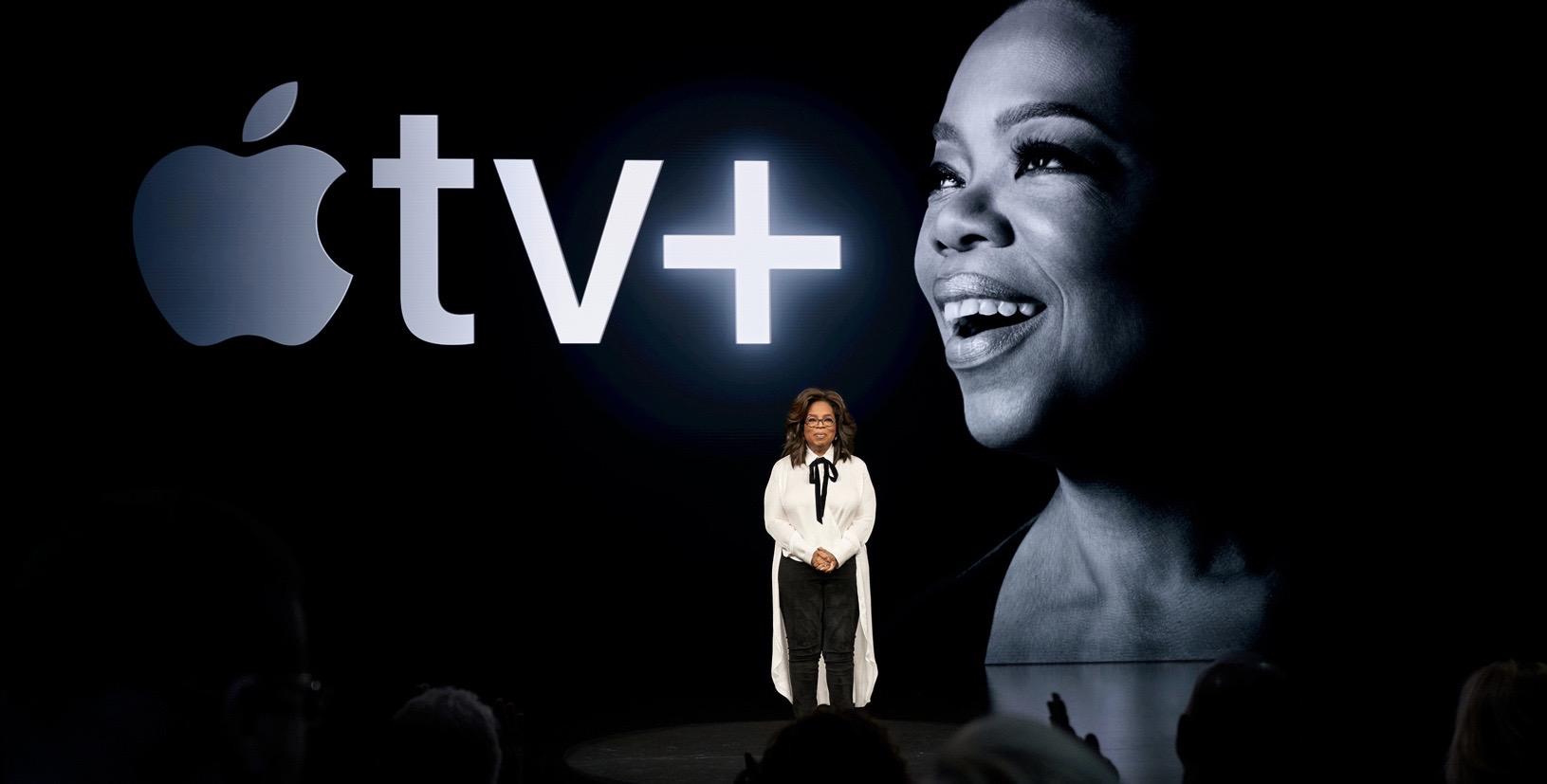
Oprah Winfrey, on-stage in March, deftly explained one of the unique advantages Apple has in TV:
“They’re in a billion pockets, y’all, a billion pockets.”
No other company that’s making a serious TV effort has a hardware base like Apple’s. The Apple TV may be a niche device, but the iPhone, iPad, and Mac certainly aren’t. People have these devices in their homes, in their pockets, in their bags on the go, so wherever a person may want to watch TV, Apple hardware is right there ready to be used.
Apple’s most popular products, the iPhone and iPad, can download content offline using the TV app, making them the perfect devices for enjoying a favorite show on the go. But while I expect mobile TV viewing to continue increasing, many of us still prefer watching our shows and movies at home, on the big screen. Apple doesn’t have a TV set on the market, and most people will never shell out $149+ for an Apple TV device, but soon Apple will make it so they don’t have to. The TV app has already started rolling out on smart TVs from manufacturers like Samsung, and before long it will arrive on streaming boxes and sticks as well. This means, effectively, that the TV hardware you currently own can play nice with your Apple mobile devices, running the same TV app and containing the same content.
That’s not to say the Apple TV device is entirely irrelevant. It’s actually gaining meaningful improvements this year, such as Picture in Picture support and the ability to switch between different user accounts. So Apple TV users will still receive a premium experience, but for everyone else, the lack of an Apple TV won’t in any way serve as a barrier to buying into the larger TV ecosystem Apple’s building with the TV app.
Ultimately, hardware is of relatively little consequence to the average TV consumer. We mostly just want to watch what we want to watch, and the medium delivering that content isn’t too important. So despite Apple having a big hardware advantage over its competition, it’s unclear how much impact that advantage can make. I will say one thing though: no one else gets to pre-install apps on our devices like Apple does. Is that monopolistic? Maybe or maybe not – but it’s certainly an advantage.
Software
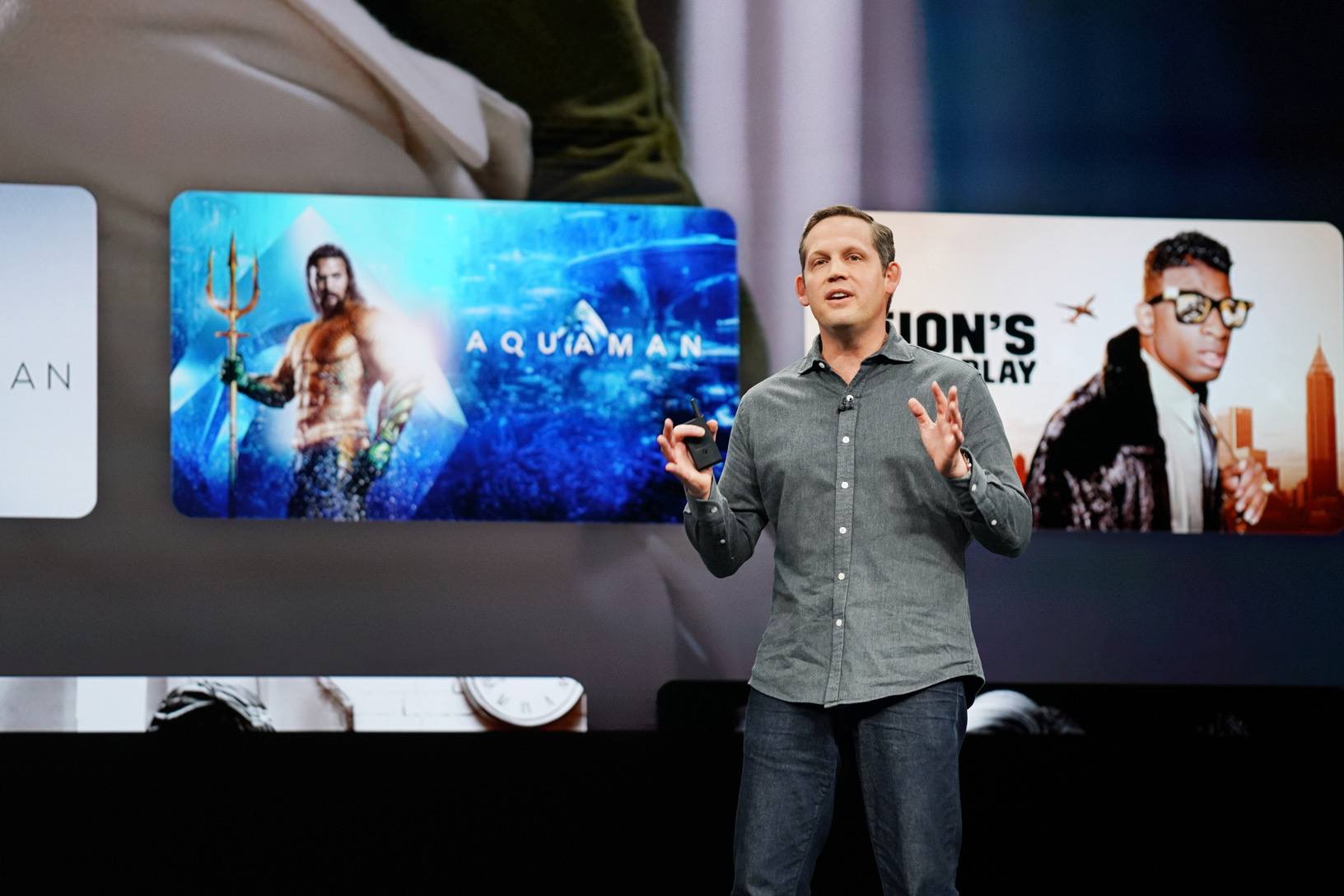
The TV app is at the center of Apple’s TV ambitions, and it’s built around the belief that people just want to watch great content with as little fuss as possible.
One of the most appealing features of the TV app is aggregation. It hosts an Up Next queue that tracks your content viewing across a variety of first- and third-party services. Rather than visiting separate apps for each different streaming service, you can keep track of everything you watch, and want to watch next, in Up Next.
When a new episode of a show you’re watching is released, it will be in Up Next. When you can’t quite binge that whole season of Fleabag in one sitting, Up Next will show you exactly where you left off and let you resume with a single tap. Need to save a new movie or show you want to watch later? Just add it to Up Next.
Besides aggregating what you’re watching from a variety of services, the TV app also aggregates all the content you could watch from those services. The app features personalized recommendations, sections dedicated to what’s new, or what’s trending, and a lot more. Where else can you find recommendations for things to watch across HBO, Prime Video, Hulu, iTunes, Disney+, Apple TV+, and more?
Most consumers today have a very limited number of TV subscription services to keep up with, so it’s not as big a problem that content from those services is siloed in separate apps. It’s not too hard to remember that for Stranger Things you open Netflix, for The Handmaid’s Tale it’s Hulu, and for Game of Thrones you need HBO. But as the streaming wars ramp up, and new players enter the market while existing players continue beefing up their own catalogues, the need for an aggregator will grow obvious.
Currently, Amazon is the only major player seeking to fill an aggregation role besides Apple. But Amazon will never have Apple TV+, it doesn’t integrate with Hulu, and its hardware was conspicuously absent from the list of devices Disney+ will launch on, casting doubt on the possibility of a Disney+ channel in Prime Video.
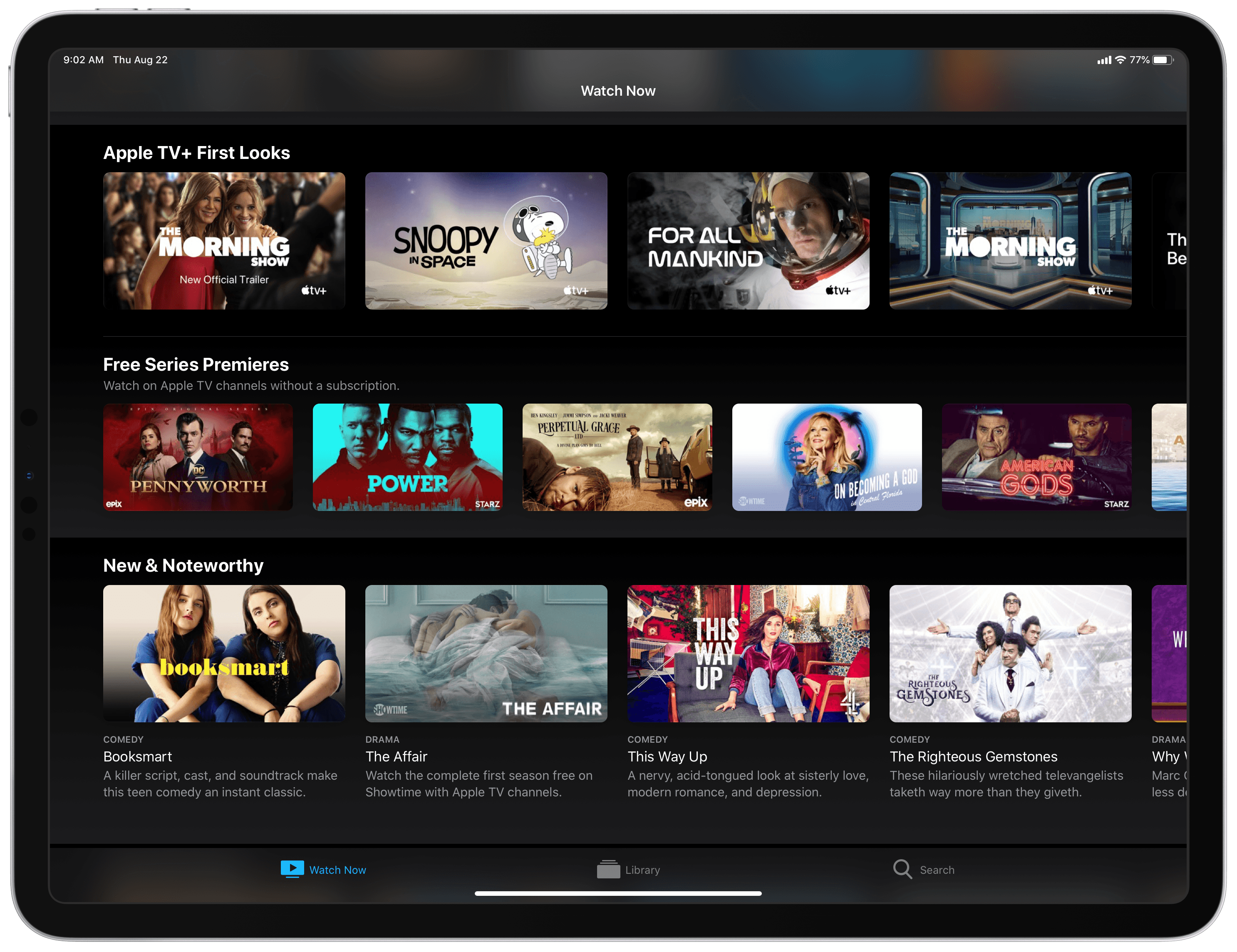
Why have separate apps and accounts for all these services, when you can find their content in one place?
Up until now, the TV app’s biggest failing as an aggregator has been its lack of Netflix integration. Despite so many other noteworthy streaming services being on-board, missing the biggest service in the world is a painful strike against TV’s usefulness. Arguably, Netflix’s absence will be less a problem if Apple gets the next wave of big streaming players on-board with its vision. Signing Disney+ is a huge win, giving the TV app a sense of legitimacy that Netflix had stripped away. A year from now, if Netflix is still the only TV app holdout, it likely won’t matter as much because consumers will have more streaming service options to choose from then. Aided by Disney+, HBO Max, and Apple TV+, the TV app could still gain widespread adoption without Netflix – which, coincidentally, would put Apple in a better position to finally strike a deal with Netflix. In any case, the TV app’s future as an aggregator is bright.
Besides the aggregation angle of the TV app, there are several other key benefits you get when using TV – more specifically, when you use TV to watch content from a channel. Channels content will play directly in the TV app, with no need to download a separate app. There will be zero ads with channels content, ever. Playback will happen using the default system player, which brings a standard set of controls and even perks like Picture in Picture on the iPad and Mac. You can share subscriptions with family members automatically thanks to Apple’s Family Sharing system, with no password sharing necessary. And as I already mentioned, TV supports offline downloads on the iPhone and iPad, and will soon include multi-user and Picture in Picture options on Apple TV.
The experience of using different streaming service apps is, in a word, unreliable. Just the other day I was using the Prime Video app on my iPad, and playback kept randomly stopping. It happened almost 10 times in a single episode. In the past I’ve had troubles with the CBS All-Access app, where the ads’ volume would be substantially higher than the show I was watching for some unknown reason, requiring me to adjust volume every time a commercial break started and ended. I’ve also heard horror stories about the HBO Now app, though I don’t have as much personal experience with it.
With the TV app, Apple has built an aggregator that promises a dependable, quality experience. Who else is doing that? Amazon alone, and they have more hurdles in their path than Apple.
Services
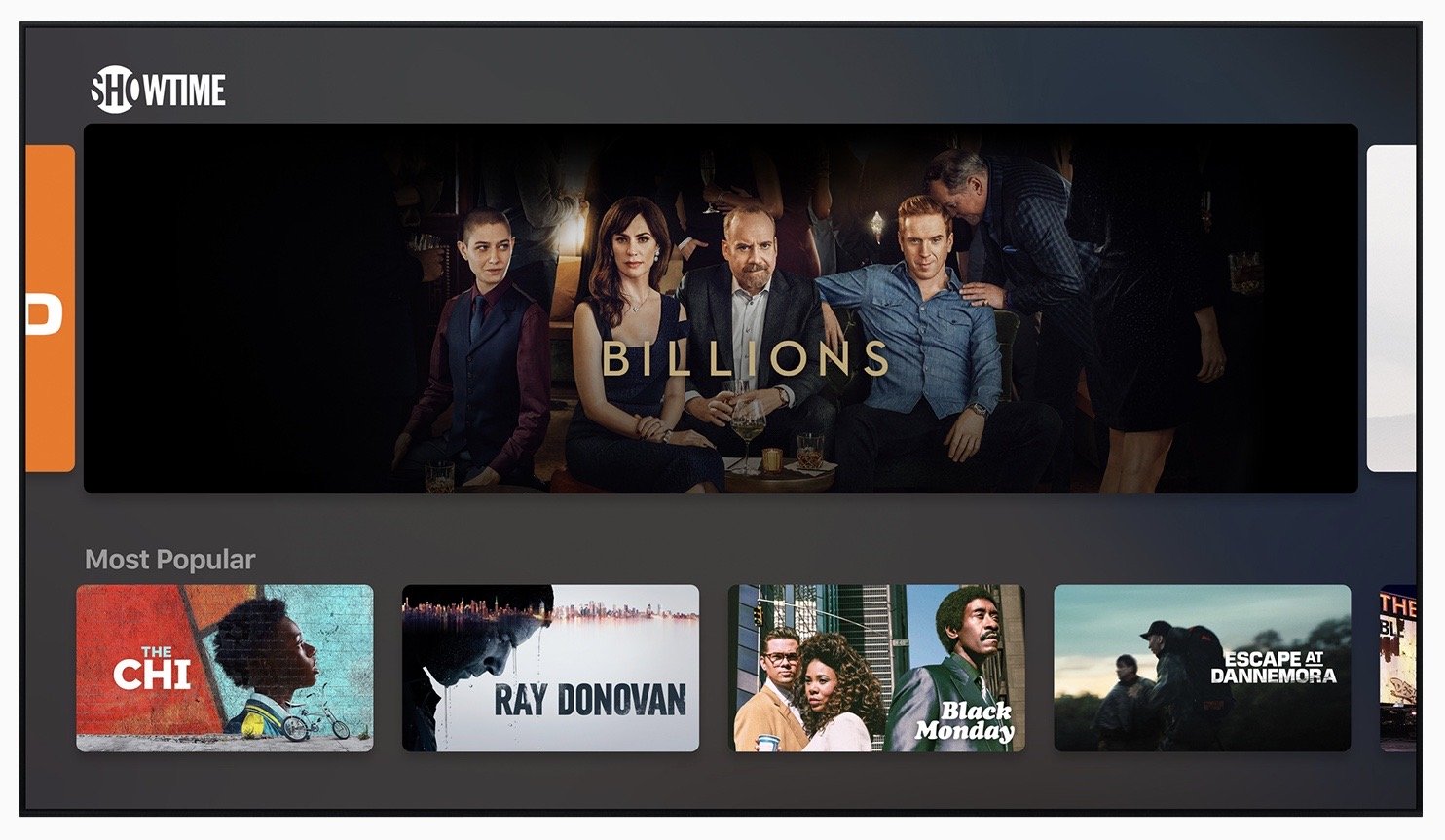
Until earlier this year, the TV app was overly complicated by the fact that in order to aggregate content, you needed separate apps installed for all content providers, on all of your devices, and you needed to set up accounts for each service inside those apps, all for the sake of getting a playback experience that was unpredictable at best, infuriating at worst. It wasn’t exactly Apple’s fault, but it was definitely Apple’s problem.
Channels fix that problem. While legacy integrations with services via their installed apps is still a possibility in the TV app, the experience Apple’s pitching now involves channels – and it’s finally the experience you would expect from an Apple product. As I mentioned, channels content plays directly in the TV app, you don’t need to download other apps or create accounts for other services; with a couple taps you can sign up for a new channel using Apple’s own In-App Purchase system, and your content starts playing in an ad-free, predictable, quality way.
Apple’s TV app makes third-party services more accessible than even those services’ own apps do, with a dead-simple signup process, while simultaneously delivering a playback experience that’s better too. It provides features like offline downloads that most services’ apps don’t offer.
By integrating with the TV app as a channel, third-party services like HBO and CBS All-Access are letting Apple handle its area of expertise – technology and user experience – while the services are only responsible for doing what they do best: making great content. It’s specialization at its finest, resulting in an overall better product for users.
Apple creating a hub for third-party services is, I believe, the primary purpose of the TV app. It wants to be the aggregator of TV content, delivering a great experience for its users while taking a cut of each service’s subscription sales. If successful, this could produce a sizable revenue source for Apple, and create additional lock-in for its ecosystem. However, where does Apple TV+ fit into that goal?
Apple’s forthcoming streaming service exists, yes, to boost the company’s services revenue. But it also gives Apple a better chance at success with its aggregation strategy.
Apple’s TV app pitch to third-party services carries a lot more upside thanks to TV+. By creating its own streaming service, which will live exclusively in the TV app, Apple is putting skin in the game like it never has before. For prospective partners who may assume Apple will continue treating TV like a hobby, as it’s done for many years, it’s hard to deny the seriousness of $6 billion invested in TV+.
Apple has incentivized itself to heavily promote TV+, which means heavily promoting the TV app; third-party services can either benefit from Apple’s marketing push, or try to stand on the strength of their own brand. A giant like Netflix doesn’t currently need Apple’s help, but with smaller players the math is entirely different. Apple can help those services find a bigger audience, while also handling the key user experience element that most streaming services just aren’t good at.
Apple is clearly serious about making its TV+ service successful. But TV+ isn’t an end in itself; instead, it’s part of a broader strategy to own user experience in the stream-first era.
Apple’s history with TV has been entirely underwhelming. Though products like the Apple TV, the iTunes Store for movies and shows, and the original TV app have all had fans among Apple’s existing user base, none of those products ever inspired widespread adoption. They’ve adequately served a subset of Apple users, but they haven’t moved the needle in the broader TV market, and as such they’ve never lived up to the reputation of Apple’s other product lines.
This year, however, the stars may align for that to finally begin changing – partly owing to the significant investments Apple’s now making in TV, but also because of the present cultural moment TV finds itself in.
Cord cutting is fast becoming a greater norm, and content providers are ready: Netflix and Amazon are pouring more cash than ever into originals, while Disney+ and HBO Max prepare for launch soon, followed shortly thereafter by NBCUniversal’s new service.
Stream-first is an inevitability, and everyone wants a piece of the new TV wave, including Apple. The company is in a unique position to offer the TV experience that no one else can, geared not just toward niche users, but to the mass market – people who just want to watch great content without the hassle of managing different apps, services, and queues. With its hardware, the TV app, and Apple TV Channels including Apple TV+, Apple truly has a legitimate chance to matter in this fight.
For the first time, Apple might actually find success in TV.


